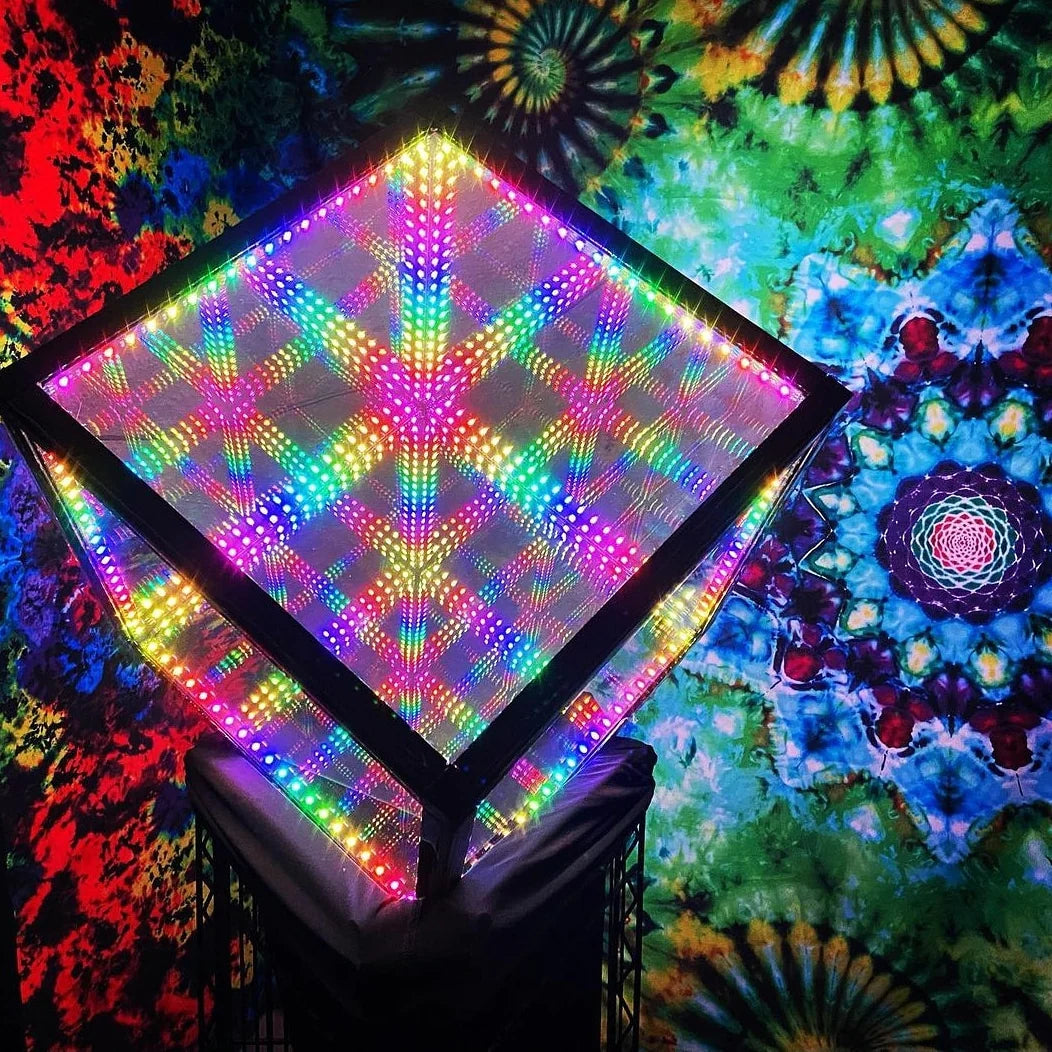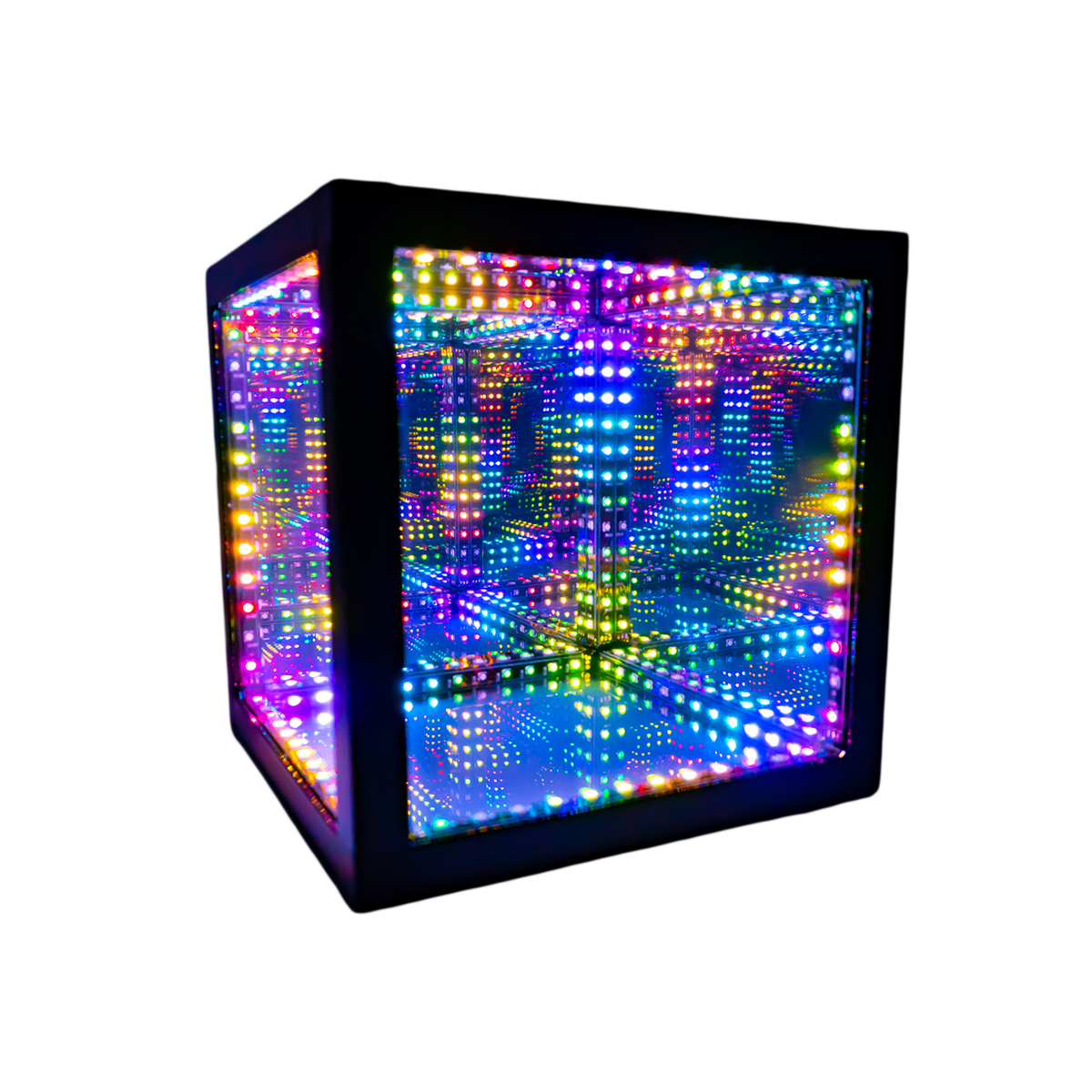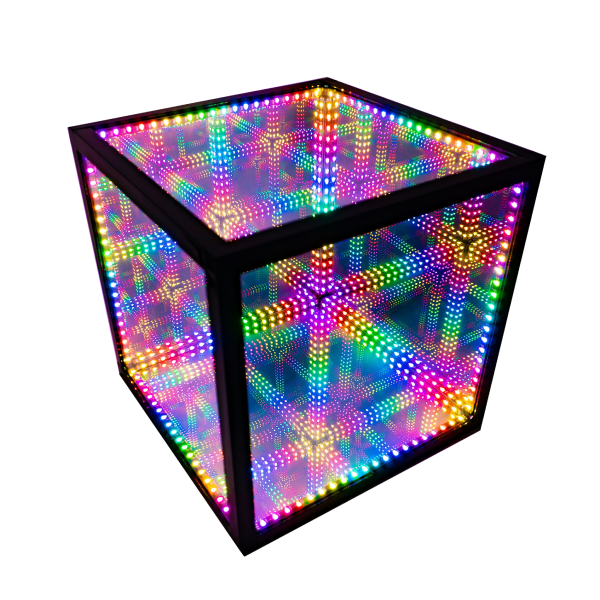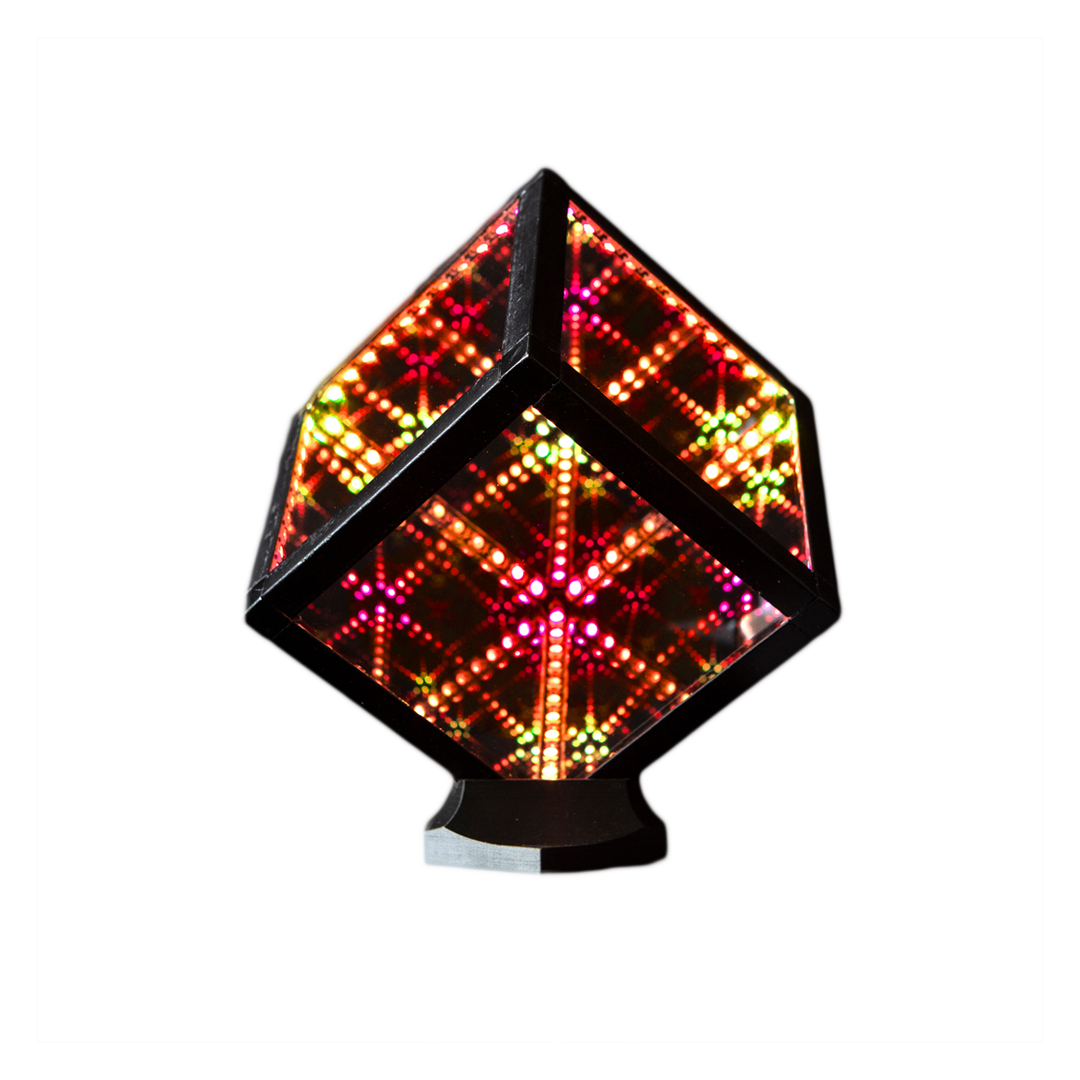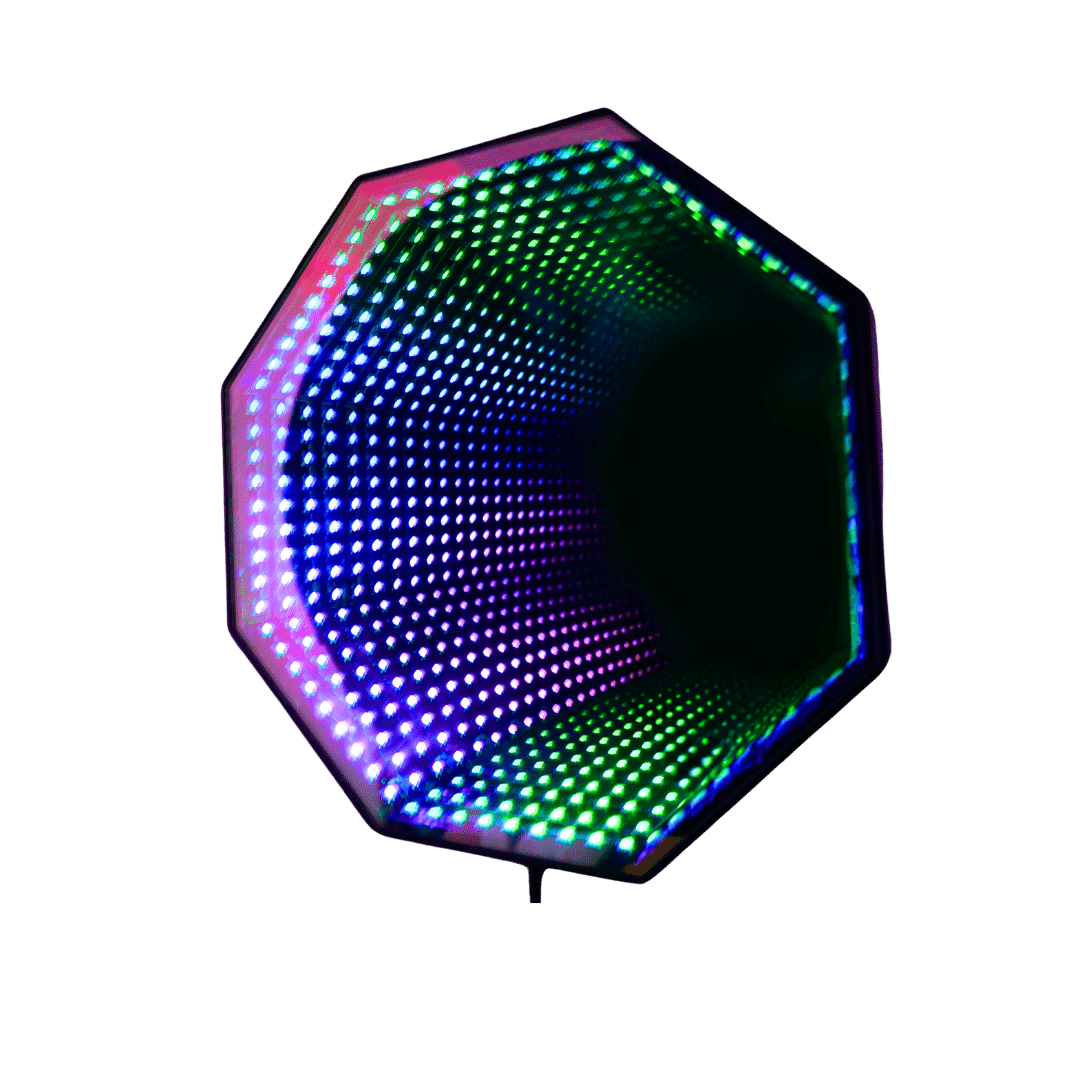
What is RGB LED? RGB LED is a term that has become increasingly popular in the world of technology and design. But what exactly is it? RGB stands for Red, Green, and Blue - the primary colors of light. An RGB LED is a type of light-emitting diode that combines these three colors to produce over 16 million hues of light. This technology is widely used in various applications, including display screens, lighting systems, and more.
Understanding what RGB LED is can be the key to unlocking a world of vibrant, customizable color for your tech and design projects. Whether you're a programmer working on new software, a designer crafting an immersive digital experience, or just a tech enthusiast interested in the latest innovations, knowing about RGB LEDs can be incredibly beneficial. Let's delve deeper into what RGB LED is, how it works, and why it's such a game-changer in the world of technology.
Understanding the Basics: What is RGB LED?

In the realm of lighting technology, RGB LED has emerged as a leading innovation. But what exactly is RGB LED? RGB stands for Red, Green, and Blue, the primary colors of light. An RGB LED, therefore, is a light-emitting diode that combines these three colors to produce over 16 million hues of light. This is possible because each of the colors can have a brightness level ranging from 0 to 255, offering a broad spectrum of color possibilities.
The concept of RGB LED is rooted in the additive color model, where different wavelengths of light are added together to create different colors. This is in contrast to the subtractive color model used in paints and dyes, where colors are created by absorbing (or subtracting) certain wavelengths of light while reflecting others. The RGB LED technology is widely used in various applications, including display screens, stage lighting, and architectural lighting, due to its ability to create a vast array of colors and effects.
The Science Behind RGB LED Technology

RGB LED technology is revolutionizing the way we perceive color in digital displays. The science behind this technology is fascinating and involves the combination of red, green, and blue light at varying intensities to produce a wide spectrum of colors. This process is known as additive color mixing, where the three primary colors of light are combined in different ways to create secondary colors. When all three colors are combined at their maximum intensity, white light is produced.
The intensity of each color in an RGB LED is controlled by a process called pulse-width modulation. This process involves switching the LEDs on and off at a high frequency, which results in the perception of different colors. For example, if the red LED is on more frequently than the green or blue LEDs, the overall color will appear more red. This intricate control over color output is what makes RGB LED technology so versatile and widely used in a variety of applications, from digital displays to ambient lighting.
The Role of RGB in LED Displays

RGB, an acronym for Red, Green, and Blue, plays a pivotal role in LED displays. Essentially, it's the blend of these three primary colors that allows an LED display to reproduce a wide spectrum of colors. Each pixel in an LED display contains sub-pixels of each primary color. These sub-pixels emit varying intensities of light, which our eyes perceive as different colors. This is the foundation of the RGB color model used in LED displays.
The role of RGB in LED displays extends beyond just color production. It also impacts the display's resolution and brightness. The density of the RGB sub-pixels within each pixel determines the display's resolution. The more densely these sub-pixels are packed, the higher the resolution. Moreover, the brightness of an LED display is directly influenced by the intensity of light emitted by the RGB sub-pixels. Thus, the RGB color model is critical to both the visual quality and functionality of LED displays.
RGB LED: Creating a Spectrum of Colors

RGB LEDs are transforming the way we perceive light, unlocking an infinite spectrum of colors. These miniature powerhouses combine Red, Green, and Blue (RGB) light at varying intensities to produce a wide range of hues. The secret to this color-mixing phenomenon lies in the unique properties of LED technology and the principles of additive color theory.
Each RGB LED contains three separate LEDs—one red, one green, and one blue—within a single housing. By adjusting the relative brightness of each individual LED, virtually any color can be created. For example, full intensity red combined with full intensity green yields yellow. Dimming the green LED while keeping the red at full intensity shifts the color towards orange. This flexibility allows RGB LEDs to create a dynamic, customizable lighting experience.
Applications and Uses of RGB LED

RGB LEDs have revolutionized the world of lighting with their versatile applications and uses. These LEDs, standing for Red, Green, and Blue, blend these primary colors to produce a broad spectrum of light. Architects and interior designers frequently use RGB LEDs to create mood lighting in homes, offices, and public spaces. This is because they can easily adjust the color and intensity of light, offering endless possibilities for customization.
In the digital world, RGB LEDs are indispensable. They are utilized in televisions, computer monitors, and smartphone screens to display images. By adjusting the intensity of each RGB LED, these devices can generate millions of different colors. Moreover, RGB LEDs are also used in photography and videography to create special lighting effects. With the increasing trend of smart lighting, RGB LEDs are now being integrated into IoT devices, enabling users to control their lighting systems remotely.
Advantages of Using RGB LED in Lighting Solutions

The use of RGB LED in lighting solutions presents several advantages that are transforming the lighting industry. RGB LED lights offer a broad spectrum of colors, making them ideal for various applications, from entertainment lighting to mood lighting. These lights utilize red, green, and blue diodes that can be combined in different proportions to generate a wide array of colors. This versatility is a significant advantage over traditional lighting solutions which typically emit a single, fixed color.
RGB LED lights also boast an impressive lifespan, often lasting up to 50,000 hours. This longevity is a result of their efficient energy use and low heat emission, which reduces wear and tear on the light components. Additionally, they provide consistent brightness and color, regardless of their age or use, contributing to their reliability. The dimming capability of RGB LED lights also enables users to adjust the light intensity to create the desired ambiance, further enhancing their appeal.
How RGB LED Enhances Your Viewing Experience

RGB LED technology has transformed the way we view digital content, offering a richer, more immersive viewing experience. By combining red, green, and blue light at various intensities, RGB LEDs create a broad spectrum of colors, resulting in sharper images and more vibrant hues. This technology does not just improve the aesthetic appeal of your screen; it also reduces eye strain, making your viewing experience more comfortable and enjoyable.
The magic of RGB LED lies in its ability to produce 'true black.' This is achieved by completely turning off individual pixels, which not only creates deeper blacks but also enhances contrast ratios. This results in greater detail in both bright and dark areas of the image. So, whether you're a movie buff, a hardcore gamer, or a professional graphic designer, RGB LED technology is guaranteed to elevate your viewing experience.
Innovations in RGB LED Technology

The world of lighting is experiencing a revolution, thanks to the innovations in RGB LED technology. RGB LEDs, short for Red Green Blue Light Emitting Diodes, are becoming increasingly popular due to their ability to offer a vast spectrum of colors and high energy efficiency. Recent advancements have seen the introduction of smart RGB LEDs, which can be controlled remotely via smartphone apps or smart home systems. These smart LEDs can change colors, dim or brighten, and even synchronize with music or TV, providing an immersive experience like never before.
The innovations in RGB LED technology also extend to the realm of professional lighting. High-intensity RGB LEDs have found applications in stage lighting, architectural lighting, and even in film production. They offer unparalleled color mixing capabilities, allowing for precise control over the hue, saturation, and brightness. Moreover, the development of RGB LEDs with a high Color Rendering Index (CRI) ensures that the colors illuminated by these lights are as accurate and natural as possible. This is a significant leap forward, as it allows for more realistic and vibrant lighting designs.
Conclusion: What is RGB LED

In the end, RGB LED is a cool technology that lets us create almost any color we want with lights. It's like having a magic paintbrush for light! This technology is used in many places, like TV screens, computer monitors, and even some fancy light bulbs.
Remember, RGB stands for Red, Green, and Blue - the three colors that can be mixed together in different ways to make all sorts of colors. So, the next time you're watching your favorite TV show or playing a video game, just think about all the tiny RGB LEDs working together to create all those amazing images!
